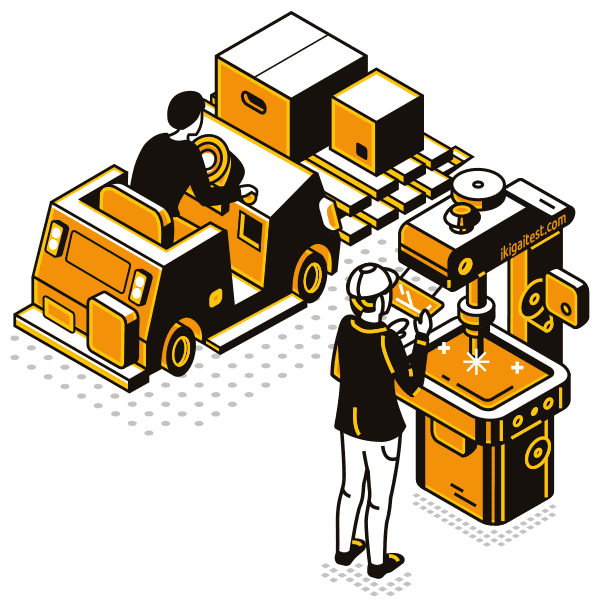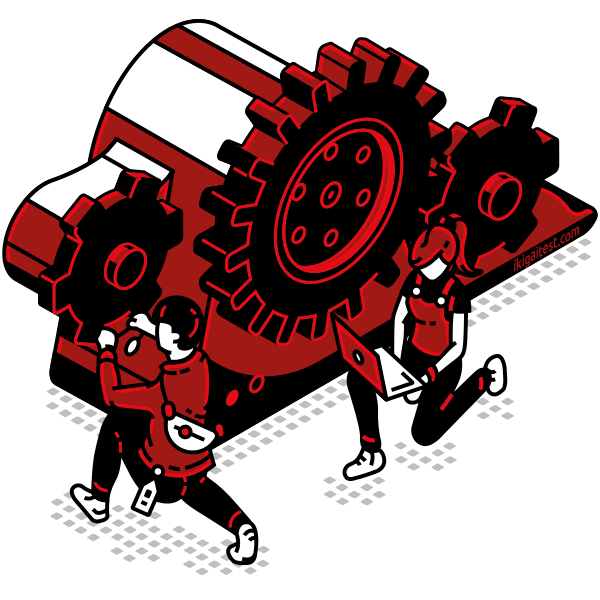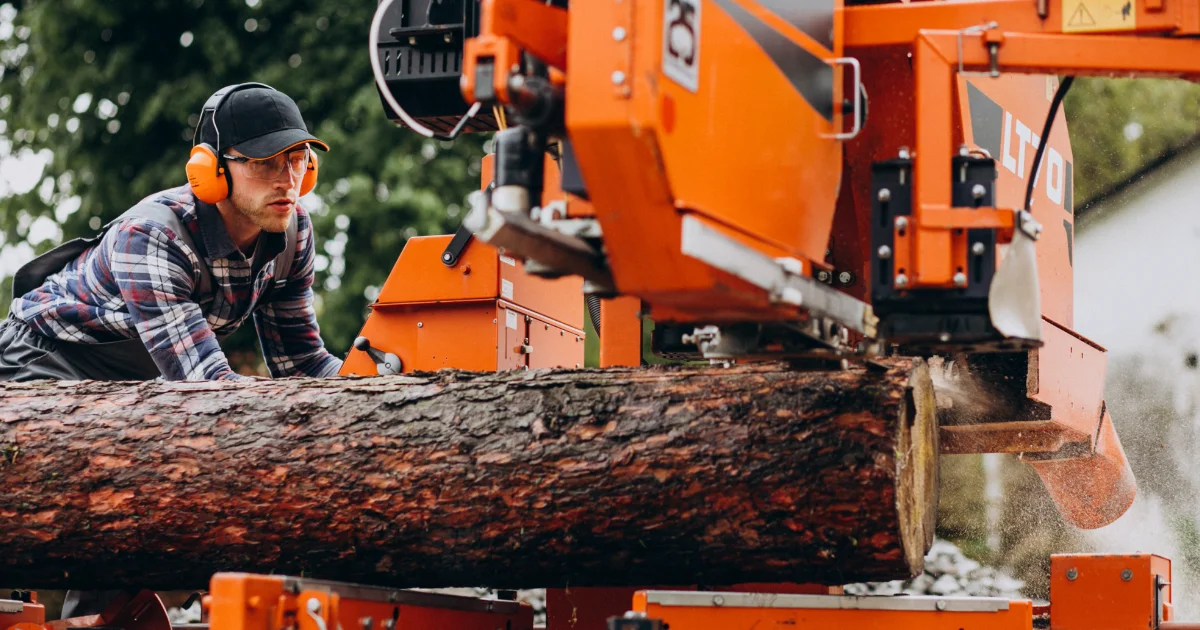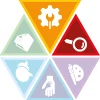Operator

Operators are expected to be good at:
- Using either control mechanisms or direct physical activity to operate manufacturing systems.
- Working with hand operated industrial machines and power tools.
- Adjusting knobs, levers, and physical or touch sensitive buttons in industrial devices.
- Running, maneuvering, navigating, or driving vehicles or mechanized equipment, such as forklifts, passenger vehicles, aircraft, or watercraft.
Technician

Technicians will often be asked these tasks:
- Providing documentation, detailed instructions, drawings, or specifications to tell others about how devices, parts, equipment, or structures are to be fabricated, constructed, assembled, modified, maintained, or used.
- Using computers and computer systems (including hardware and software) to program, write software, set up functions, enter data, or process information.
- Servicing, repairing, calibrating, regulating, fine-tuning, or testing machines, devices, and equipment that operate primarily on the basis of electrical or electronic (not mechanical) principles.
Other work activities related to Logging equipment operators
Inspecting equipment for safety prior to using, and performing necessary basic maintenance tasks.
Driving straight or articulated tractors equipped with accessories such as bulldozer blades, grapples, logging arches, cable winches, and crane booms, for skidding, loading, unloading, or stacking logs, pulling stumps, or clearing brush.
Driving crawler or wheeled tractors for dragging or transporting logs from felling sites to timber landing areas for processing and loading.
Driving tractors for the purpose of building or repairing logging and skid roads.
Grading logs according to characteristics such as knot size and straightness, and according to established industry or company standards.
Controlling hydraulic tractors equipped with tree clamps and booms for lifting, swinging, and bunch sheared trees.
Driving and maneuvering tractors and tree harvesters to shear the tops off of trees, cutting and limb the trees, and cutting the logs into desired lengths.
Filling out required job or shifts reports forms.
Calculating total board feet, cordage, or other wood measurement units, using conversion tables.







